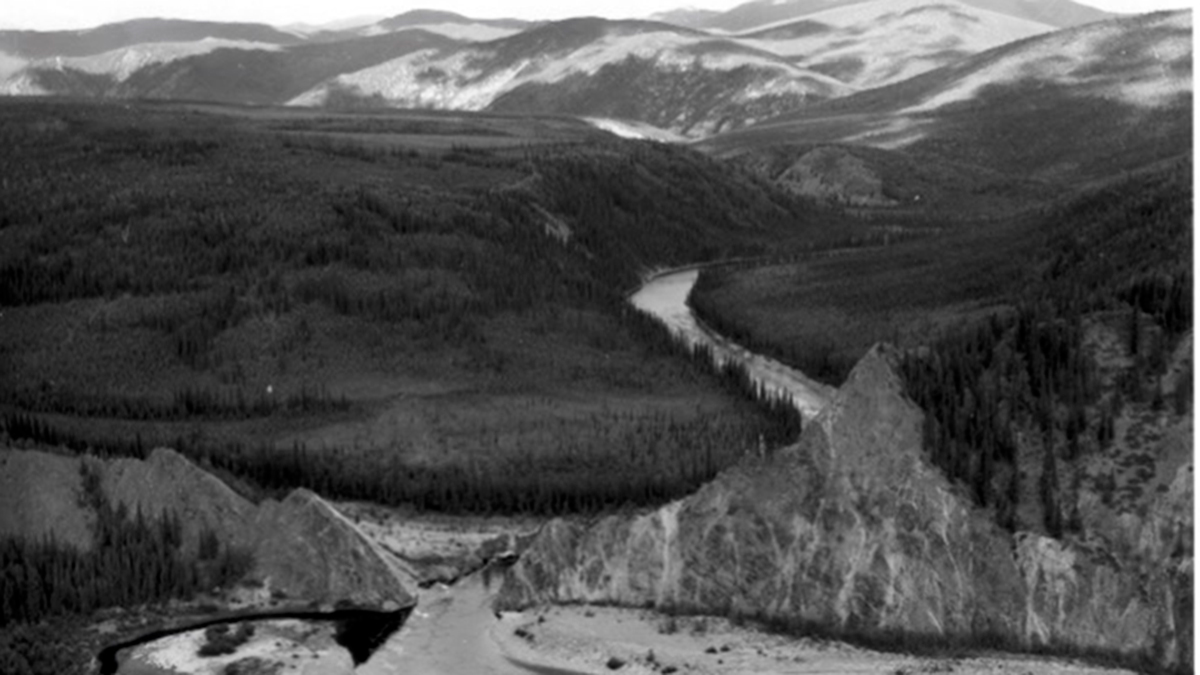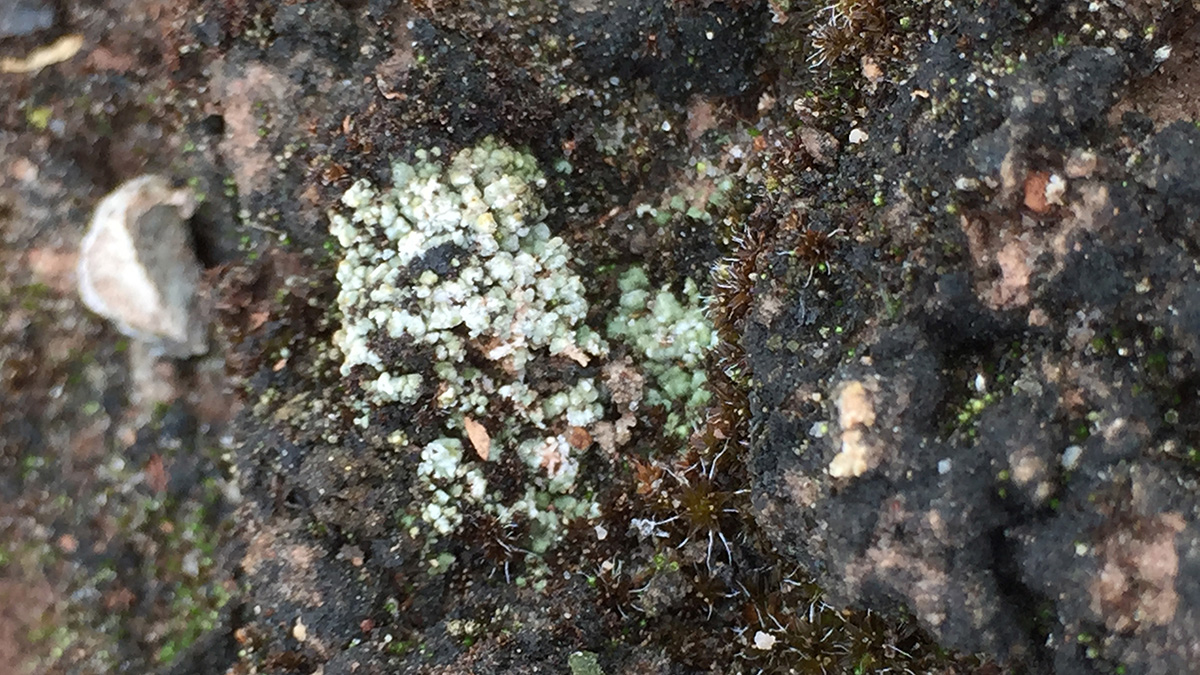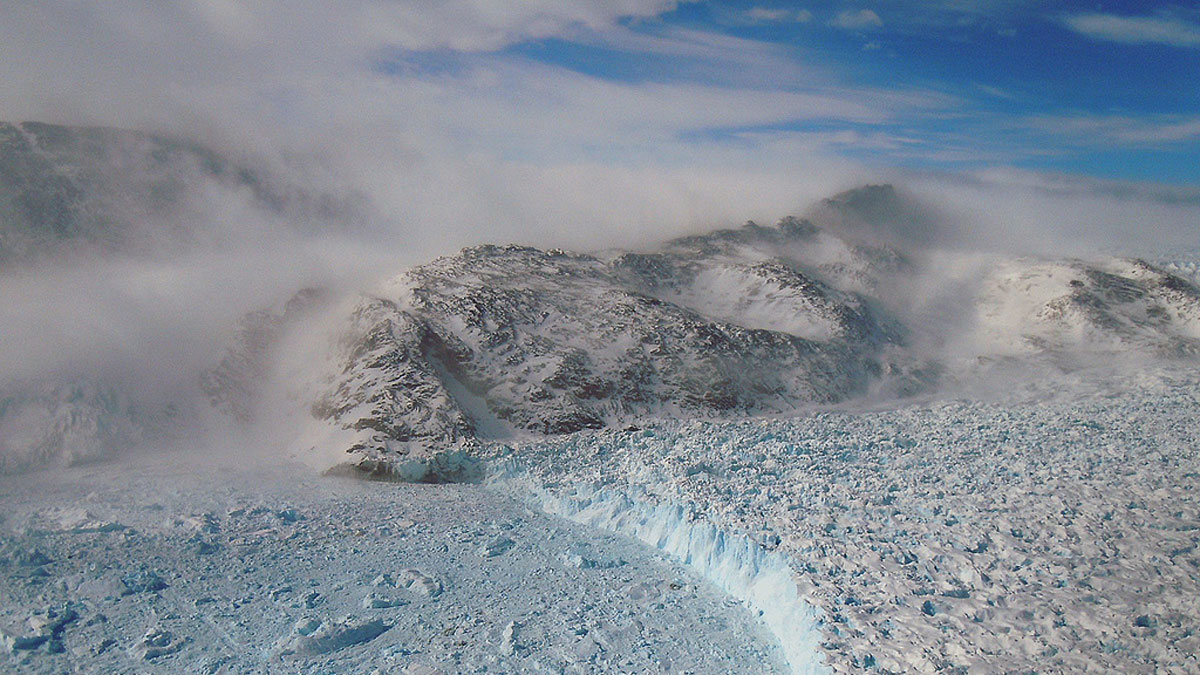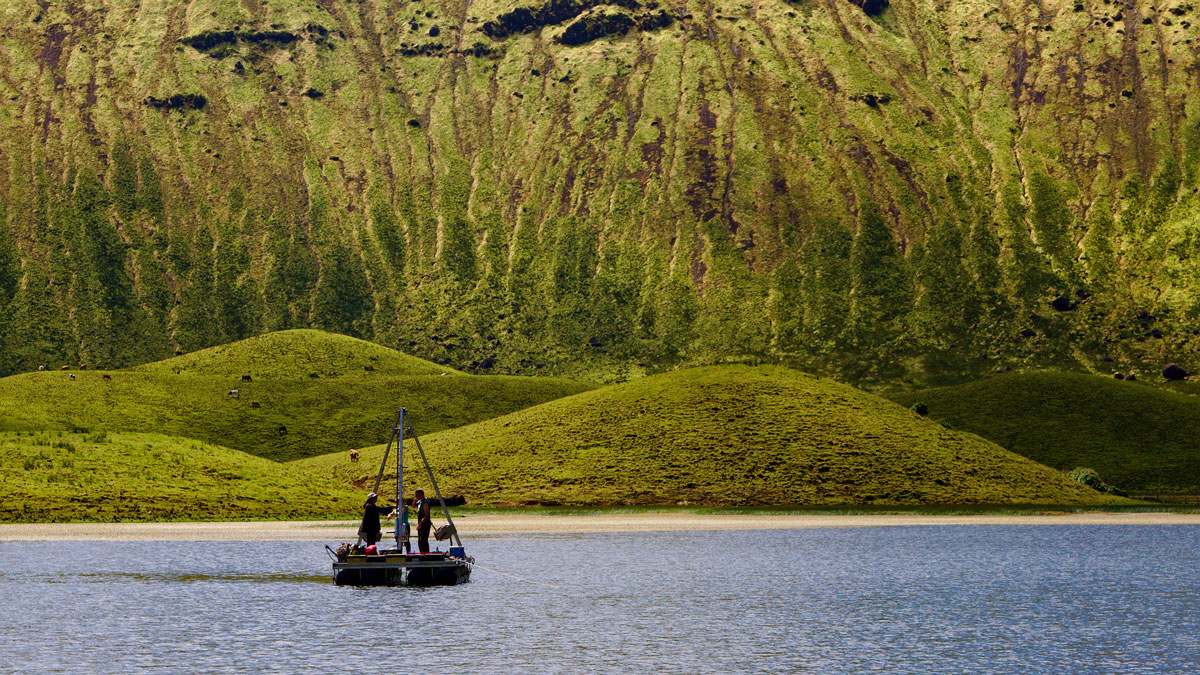Miners in Alaska rerouted a river to search for gold. One hundred years later, the new channel is teaching scientists how rivers shape Earth.
News
Rainy Days Dampen Economic Growth
Research reveals the connection between a country’s day-to-day weather and its production.
How Much Did the Moon Heat Young Earth?
Tidal heating may have raised the surface temperature of early Earth and triggered global volcanism, a new study says.
Did Volcanoes Accelerate the Fall of Chinese Dynasties?
After analyzing ice cores and historical documents, researchers found a link between eruptions and political change in China over the past 2 millennia.
Biocrust “Probiotics” Can Aid Dryland Restoration Efforts
Bacteria can speed up the growth of biocrust-forming organisms in nurseries, providing more material for restoration of degraded dryland soil.
Mapping Teotihuacan’s Past, Present, and Future
A new lidar project reveals how mining and urban expansion have put one of Mexico’s most iconic cultural heritage sites at risk.
Clever Wood Use Could Mitigate Wildfires and Climate Change
California plans to use forest thinning to reduce wildfire risk. New research suggests the state could also see a climate benefit by repurposing waste wood produced by thinning.
“Sticky” Ice Sheets May Have Led to More Intense Glacial Cycles
New research attributes a shift to longer, stronger glacial cycles to increased friction between ice sheets and bedrock in the Northern Hemisphere 1 million years ago.
Sediments Suggest Vikings May Have Been the First to Settle the Azores
A multidisciplinary team studying lake sediments and climate change found evidence that the archipelago was inhabited 700 years earlier than historical sources claim.
Termite Fumigation in California Is Fueling the Rise of a Rare Greenhouse Gas
The insecticide sulfuryl fluoride isn’t included in federal or state emissions reduction goals.










